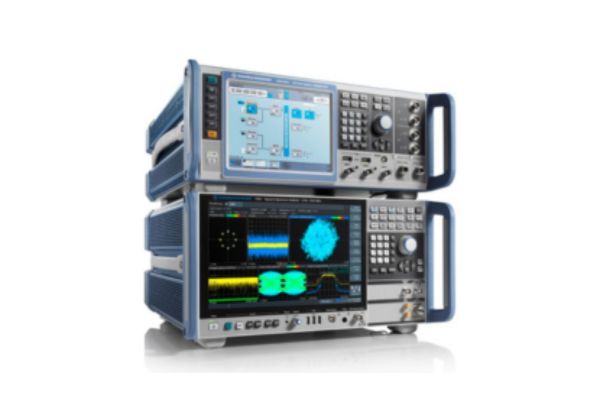Rohde & Schwarz announced the successful validation of machine learning-based channel-state information feedback compression for 5G-Advanced networks with support from Qualcomm Technologies, demonstrating a significant increase in throughput compared to conventional methods. This breakthrough confirms the feasibility of cross-vendor AI implementation in wireless communications with the aim of enhancing network performance.
The two companies achieved interoperability between ML models running on a mobile form factor reference design powered by a Qualcomm 5G Modem-RF and the CMX500 5G one-box signaling tester from Rohde & Schwarz, implementing enhanced CSI feedback mechanisms studied in 3GPP Release 18 and 19. The setup enables efficient compression of the channel state based on CSI reference signal (CSI-RS) measurements, optimizing massive MIMO operations critical for 5G networks. This validation demonstrated that the throughput performance improved by 51% compared to Type I feedback followed by wideband precoding, as defined in 3GPP Release 15.
Both parties employed separate training approaches for AI models on the network and device side. Compatibility was achieved through specified reference models. Utilizing autoencoder architecture, Qualcomm Technologies implemented a proprietary device encoder, while Rohde & Schwarz developed a decoder for its network emulator. The CMX500 one-box tester supports flexible ML model integration through the Open Neural Network eXchange (ONNX) format, enabling users to implement and validate their own AI architectures for wireless testing scenarios.
Cross-vendor interoperability as milestone for future standardization
The successful interoperability proves that two-sided ML-based air interface enhancements can be effectively implemented and tested across equipment coming from different vendors. It is a significant step toward implementing AI-enhanced wireless communications, providing a framework for testing and verification essential for the commercial deployment of 5G-Advanced features. It also serves as a crucial milestone for the upcoming standardization for a future 6G standard, where AI is expected to be natively integrated into the air interface design from the beginning. Hence, cross-vendor AI interoperability will be an essential foundation for future wireless systems.
Christoph Pointner, Senior Vice President of Mobile Radio Testers at Rohde & Schwarz, says: “The capability of our CMX500 to implement and validate ML-based signal processing highlights the need for evolving test and measurement alongside wireless innovation. Thanks to ONNX support, customers can integrate their own ML architectures, making the CMX500 a versatile platform for AI-enhanced wireless testing. Validating interoperability with Qualcomm Technologies’ encoder confirms our commitment to establishing essential verification frameworks for AI-driven communications, from 5G-Advanced to future 6G systems.”
John Smee, Senior Vice President, Engineering, Qualcomm Technologies, Inc. adds, “In this new 5G-Advanced era of connectivity, and as we look toward 6G, AI is even more critical not just for the best user experiences but also for network performance. The joint research between Qualcomm Technologies and Rohde & Schwarz validates that AI-based CSI will help ensure these performance enhancements.”


















